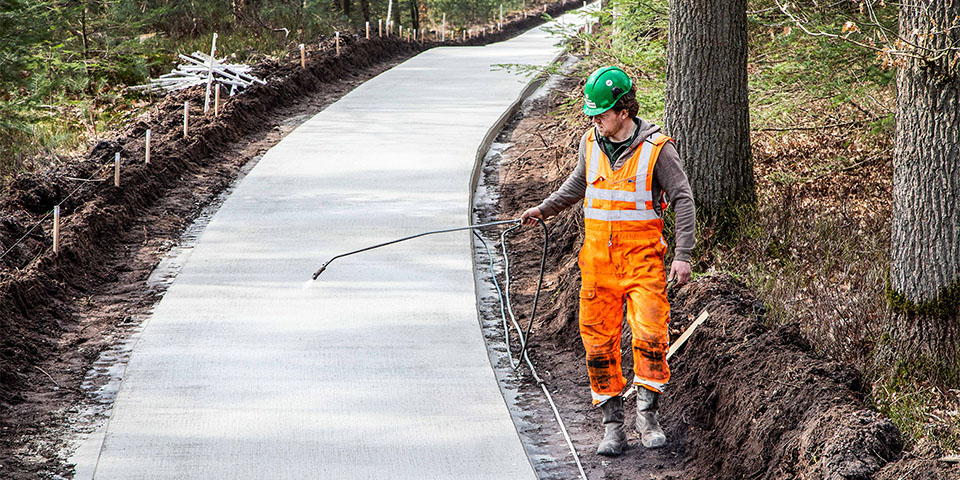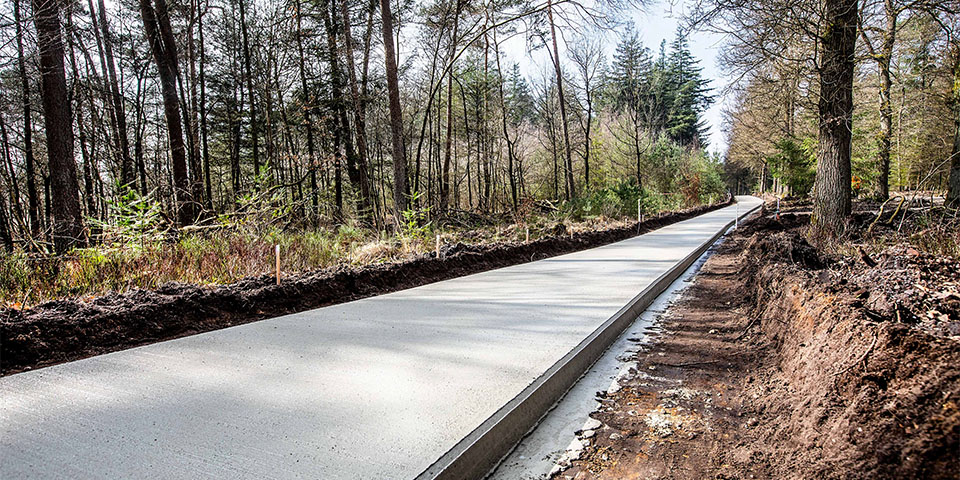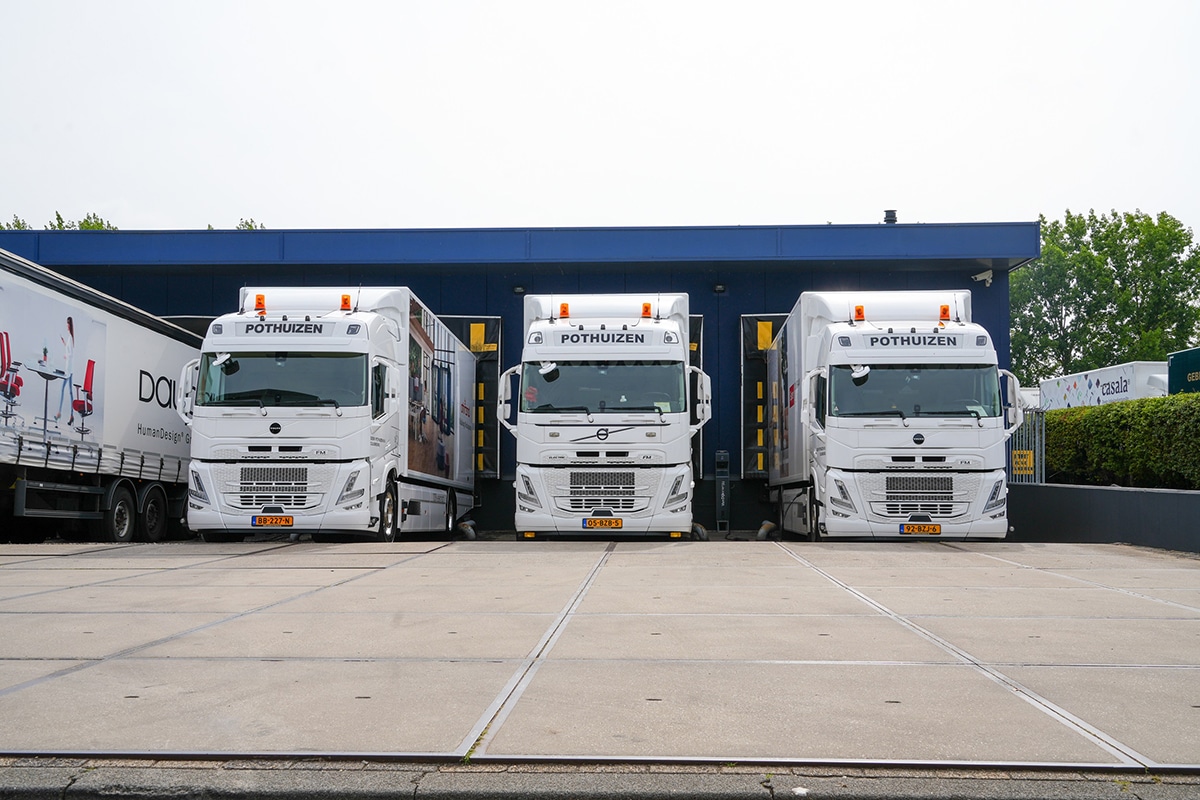
Cycling was already healthy, the bike path itself is now too!
The Netherlands is known worldwide as a cycling country. People talk about the Netherlands with admiration when it comes to the infrastructure built for cyclists. Recently, a new bike path may be added to that list of infrastructural marvels: the circular bike path at Krimweg and Spoekweg in Hoenderloo.
We speak with Marc van der Weide, Technologist - Advisor at Schagen Infra, about this progressive initiative by the Municipality of Apeldoorn. "The municipality of Apeldoorn wants to work sustainably. Focus points for the new bike path were therefore 'durability' and 'sustainability,'" Van der Weide opens the conversation.
Waste materials become building materials and obtain locally
The material concrete was chosen for the bike path. As contractor, Schagen Infra was in the construction team with Bruil Beton & Mix and the Municipality of Apeldoorn. Van der Weide: "We contributed ideas on the sustainable concrete mix. Concrete fulfills the wishes and requirements in terms of use, circularity and sustainability in a beautiful way. Bruil made a concrete design that incorporates Apeldoorn's concrete granulate from the De Parken district, extracted from concrete rubble. Surely it is a nice thought and good aspiration that some of the raw materials are extracted locally?"

Curing time increased from an average of 10 days to about 3 weeks with this concrete composition.
More sustainable work has also been done in other areas, such as the use of binders. For example, conscious choices have been made in the type, type and composition of the binder as a substitute for Portland Cement. However, this does present new challenges. "Less Portland Cement automatically means a longer curing time and vulnerability of the concrete. We made deposits along the bike path so that neighboring wildlife could not get onto the bike path to prevent unwanted impressions. Thermocouples were also poured with it, measuring the temperature progression of the concrete pavement. Based on the weighted maturity, it can then be determined when the concrete has reached sufficient strength," Van der Weide explains. "The curing time increased from an average of 10 days to about 3 weeks with this concrete composition. After curing, the berm could be finished neatly. To optimize the durability of the concrete pavement, a special post-treatment was applied after six months. With the concrete design applied, 60% CO2-emissions saved."
Circularity in the corporate DNA
The goal within Schagen Infra is to operate as circularly as possible, and the company can also call itself a specialist in that area. "We operate circularly not only at the production level, but also at the project level. Released materials from construction are at all times assessed for reusability at our company," van der Weide concludes.




